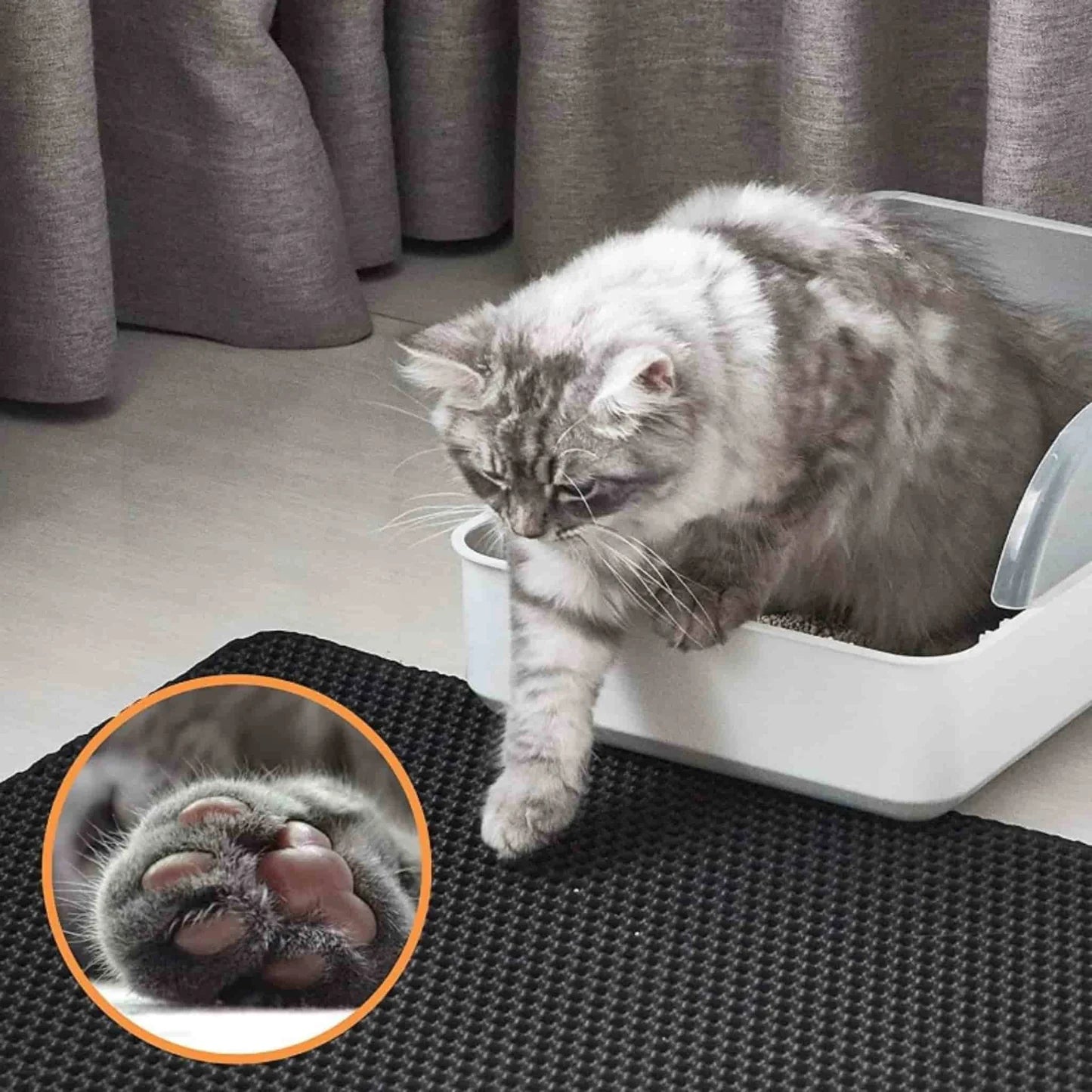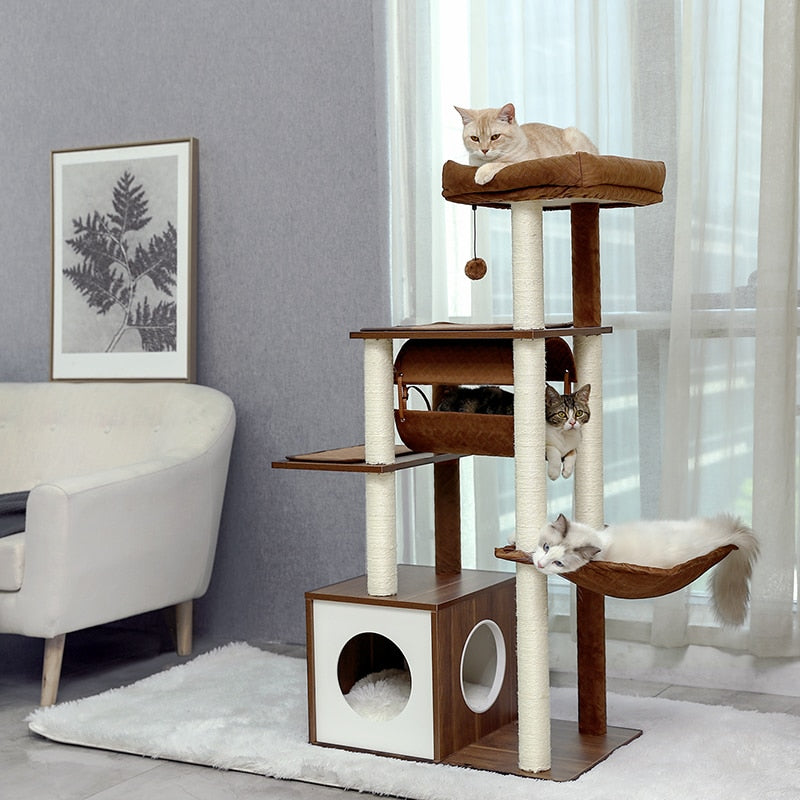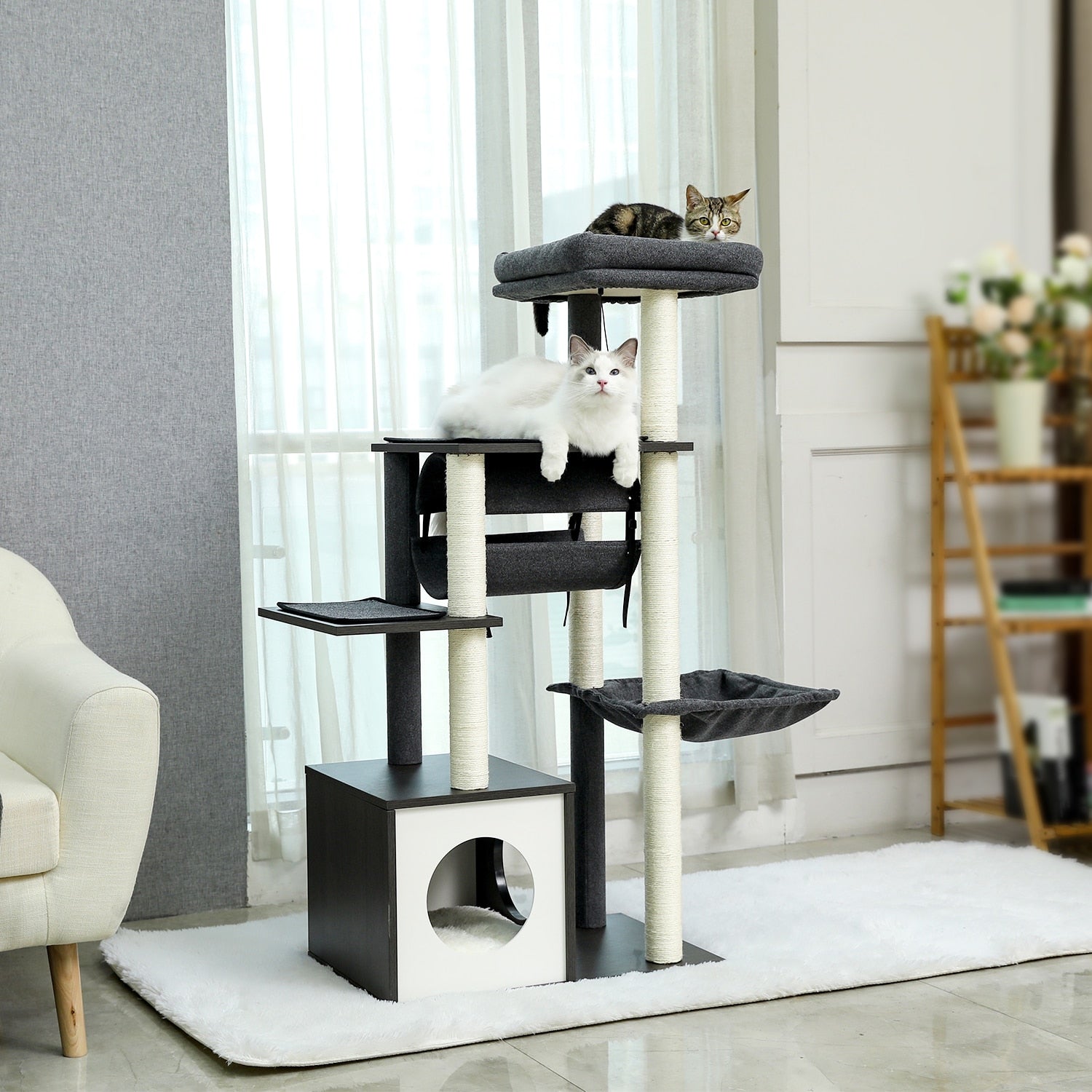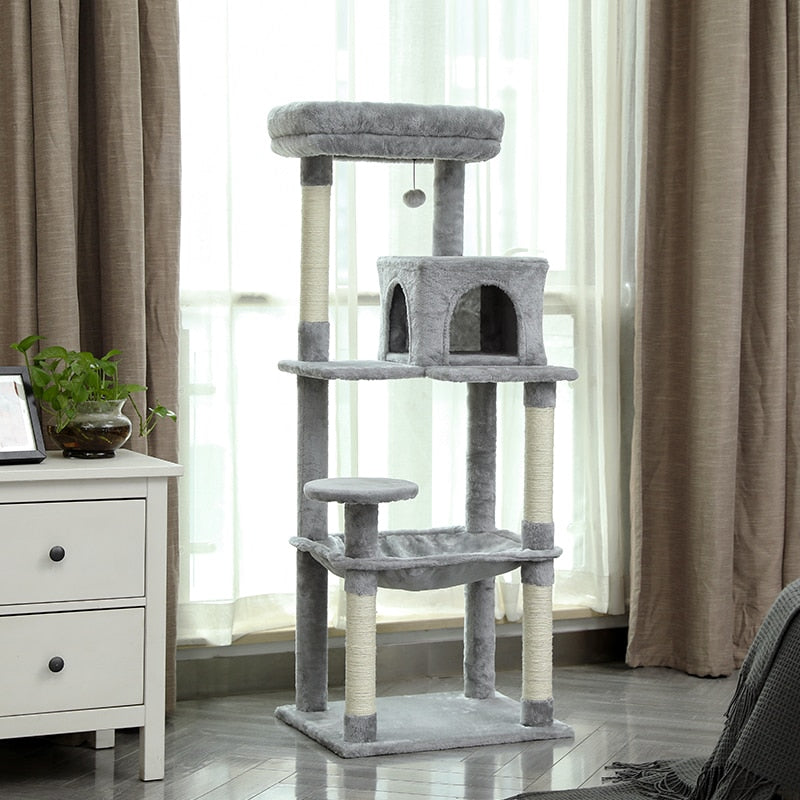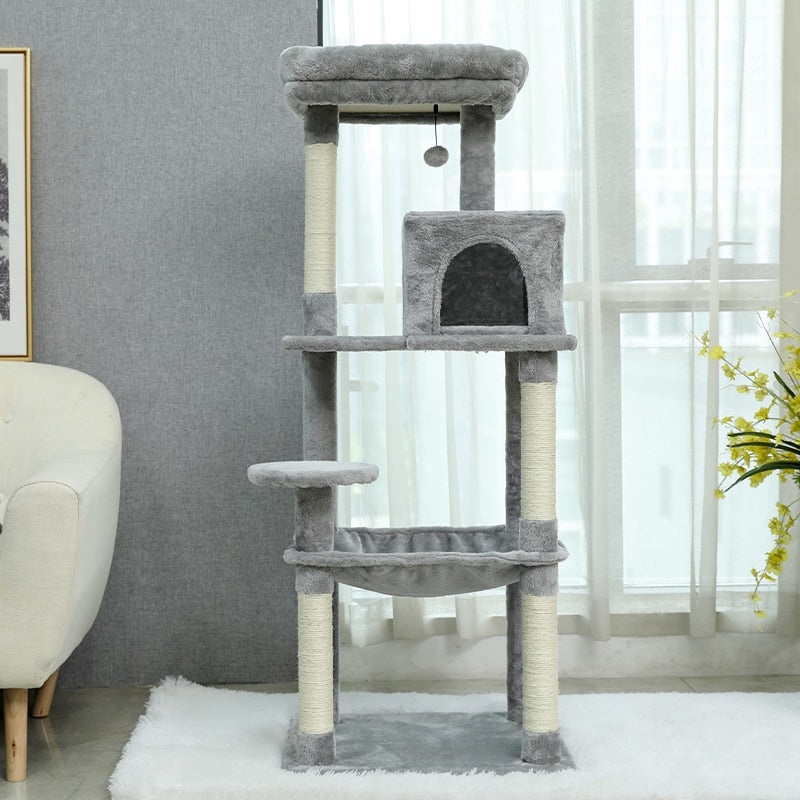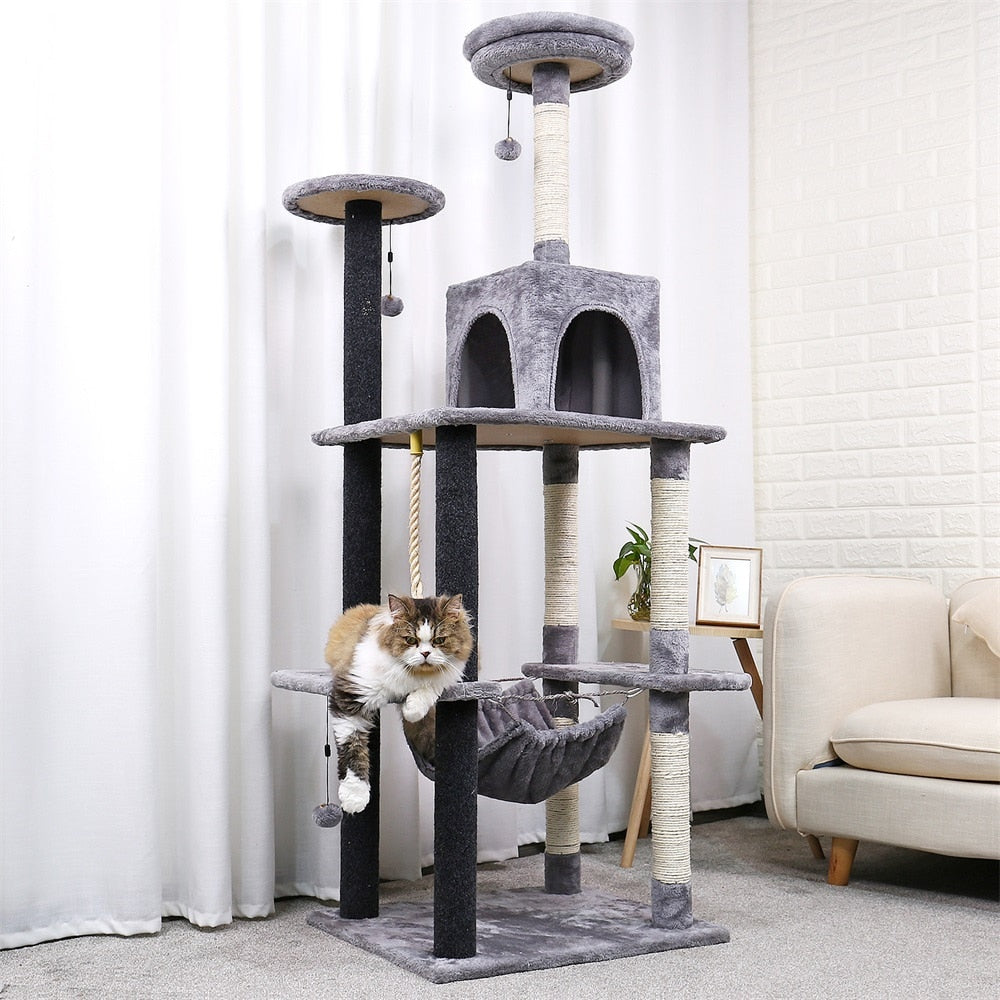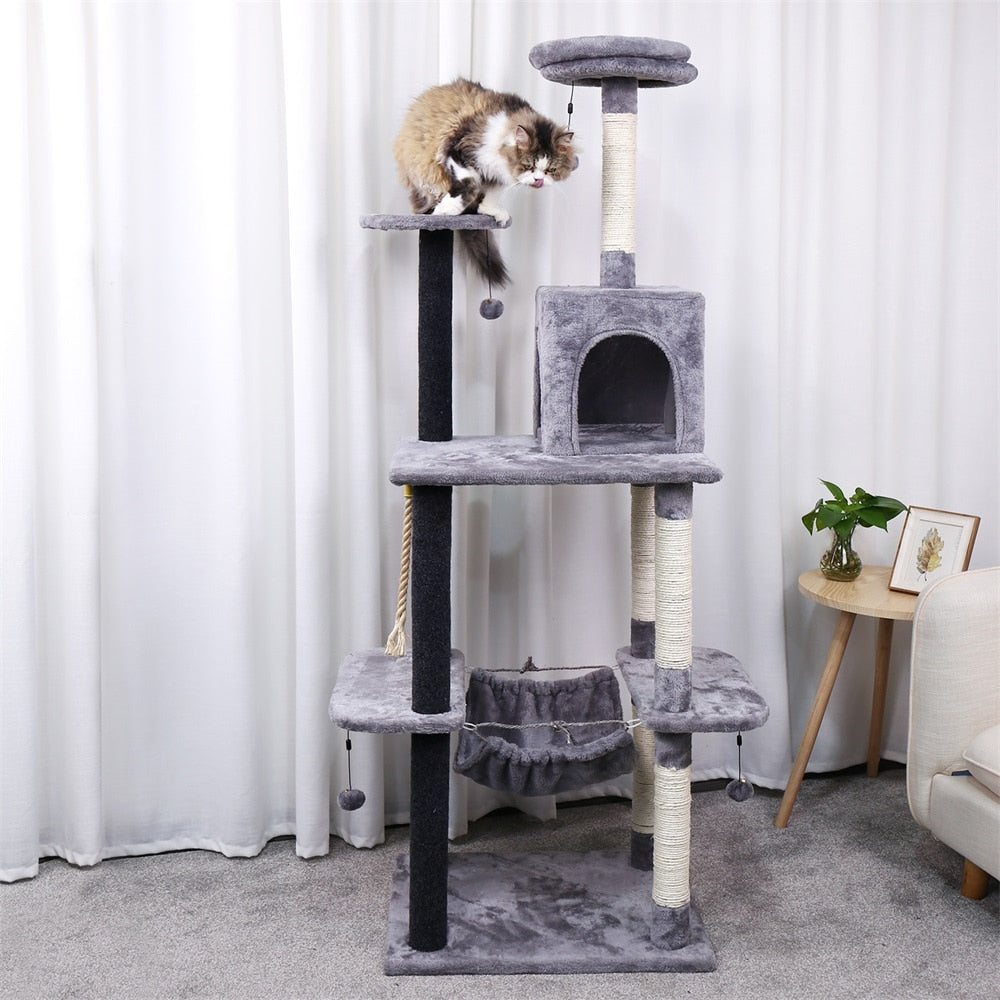Mastering the Art of Cat Training: How to Train a Cat
How to Train a Cat? Let's go! As a cat lover and owner, you know that cats are intelligent, curious, and independent creatures. While they may not always be as eager to please as their canine counterparts, cats can learn and be trained with the right approach. Educating your cat not only enriches their lives and strengthens your bond, but it also helps to create a harmonious and happy household.
In this article, we will share our top 10 tips for effectively educating your cat. And while you're here, don't forget to visit our cat store for all your cat-related needs, including personalized cat gifts, cat dad gifts, cat mom gifts, and cat couple gifts.

Understanding Your Cat's Behavior
Before you start training, it's essential to understand your cat's behavior and why they act the way they do. Cats are naturally curious, independent, and sometimes stubborn. To train a cat effectively, you need to work with their natural instincts and find ways to motivate them. Positive reinforcement, such as treats, praise, or playtime, is a powerful tool for encouraging desired behaviors.
1. How to Train a Cat? Start Early!
Begin training your cat as early as possible, ideally when they are still kittens. This is the prime time for learning, as young cats are more receptive to new experiences and information. However, remember that older cats can still be trained; it just might require more patience and persistence.
2. How to Train a Cat? Be Patient and Consistent!
Training a cat requires patience and consistency. Cats respond best to routines, so try to keep training sessions at the same time each day. Be prepared to repeat the process multiple times before your cat fully grasps a new behavior or command.
3. How to Train a Cat? The Litter Box Training
Litter box training is a crucial aspect of cat ownership. Most cats instinctively know how to use a litter box, but sometimes they need a little guidance. Show your cat the litter box location and encourage them to explore it.
Reward them with treats or praise when they use the litter box correctly. Be patient and consistent, and remember to keep the litter box clean to avoid accidents.
4: Use Positive Reinforcement!
Cats learn best through positive reinforcement. Reward your cat with treats, praise, or affection when they perform the desired behavior. This will encourage them to repeat the action in the future.
5. Advanced Tricks and Agility
If you want to take your cat's training to the next level, you can teach them advanced tricks and even agility exercises.
Cats are nimble and athletic, so with patience and consistency, they can learn to perform jumps, weave through poles, and navigate tunnels. Remember always to use positive reinforcement and make training sessions fun for both you and your cat.
6. Keep Training Sessions Short and Engaging!
Training sessions should be brief, lasting around 5 to 15 minutes. Multiple short sessions throughout the day are more effective than one long session. Make sure to keep the sessions engaging and fun for your cat.
7. Use a Clicker!
Clicker training is a popular and effective method for training cats. The clicker serves as a clear and consistent signal that your cat has performed the desired behavior. This allows them to understand what you're asking more quickly. Start by associating the clicker sound with a reward, such as a treat, and then use the clicker to mark desired behaviors as they occur.
8. Teach Basic Commands
Cats can learn basic commands, such as "sit," "stay," and "come." Use positive reinforcement to encourage your cat to perform the desired behavior. For example, to teach your cat to sit, hold a treat above their head and move it back slightly. As their head follows the treat, their bottom should lower to the ground. Click and reward as soon as they sit. Repeat this process until your cat understands the command.
9. Socialization
Expose your cat to various environments, people, and other animals to help them become well-rounded and comfortable in different situations. This will make them more adaptable and less likely to exhibit negative behaviors.
10. Address Unwanted Behaviors
When your cat exhibits an unwanted behavior, redirect their attention to a more appropriate activity. Consistently reinforcing the correct behavior will help them learn what is expected of them.
11. Use Appropriate Training Tools
Invest in appropriate training tools such as scratching posts, toys, and harnesses to aid in your cat's education. These tools can help make the training process more effective and enjoyable for both you and your cat.
12. Be Persistent
Remember that educating your cat is an ongoing process. Be persistent and continue to reinforce positive behaviors while addressing any unwanted actions. With time and consistency, your cat will become a well-behaved and happy member of your household.
Frequently Asked Questions about Educating Your Cat
Can older cats be trained?
Yes, older cats can learn new behaviors, but it may take longer and require more patience than training a younger cat. Be consistent and use positive reinforcement to achieve the best results.
How long should training sessions last?
Training sessions should be short and engaging, lasting around 5 to 15 minutes. Multiple short sessions throughout the day are more effective than one long session.
My cat doesn't seem interested in treats. What else can I use for positive reinforcement?
If your cat isn't food-motivated, try using toys, praise, or affection as rewards. Experiment to find what your cat responds to best.
How can I get my cat to stop scratching furniture?
Provide your cat with appropriate scratching surfaces, such as scratching posts or pads. Encourage them to use these surfaces by placing them near their favorite furniture and rewarding them when they scratch the correct spot.
Is clicker training effective for cats?
Yes, clicker training can be an effective method for educating your cat. The clicker serves as a consistent, clear signal that your cat has performed the desired behavior, making it easier for them to understand what you're asking.
Conclusion of the 10 Effective Tips for Cat Education
Educating your cat may seem like a daunting task, but with patience, consistency, and the right approach, it can be an enjoyable and rewarding experience for both you and your feline friend. By implementing these 10 tips, you'll be well on your way to fostering a strong bond with your cat and creating a harmonious living environment.
Remember, it's never too late to start, and your efforts will pay off in the long run. And as you embark on this journey, don't forget to check out our cat store for all your cat-related needs, including personalized cat gifts, cat dad gifts, cat mom gifts, and cat couple gifts. Happy training!





